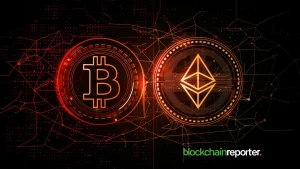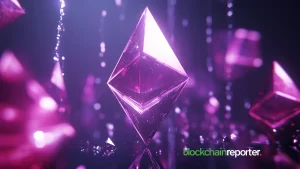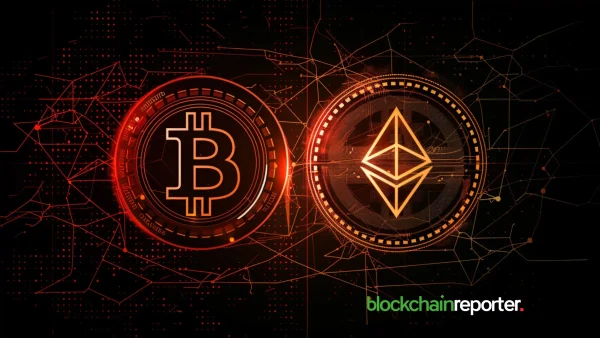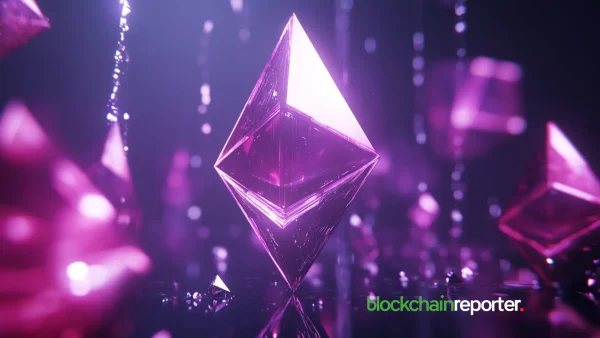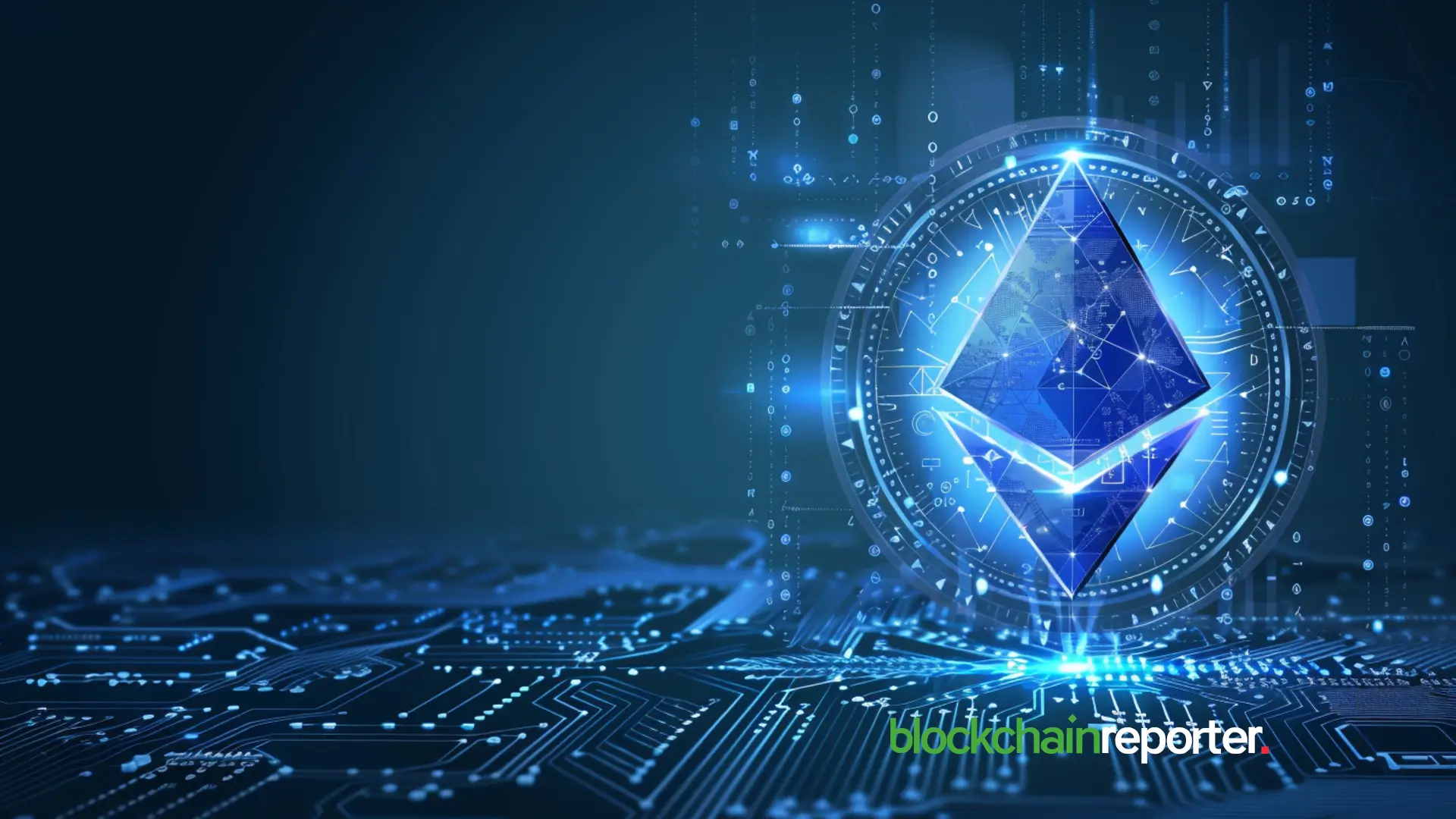
Ethereum is one of the most actively developed blockchain networks. Developers are drawn partly because of smart contracting capability and the interest of learning a new programming language, Solidity.
The platform might be a smart contracting pioneer but it needs to not only improve its throughput but also shift away from the proof-of-work consensus algorithm to a more energy-efficient protocol. Furthermore, with higher adoption levels, scalability must be addressed.
What is ETH 2.0?
There have been off-chain and on-chain proposals to resolve nagging concerns but the community is looking forward to Ethereum 2.0 (or ETH 2.0) as a total revamp of Ethereum’s identity.
Admittedly, developers say accomplishing this objective is complex. A smooth transition through this technical maze would cement Ethereum’s position but also resolve longstanding concerns around scalability and energy efficiency.
So, what exactly is ETH 2.0?
To understand what ETH 2.0, or Serenity, one must first know that Ethereum is not perfect.
It might be secure and decentralized but it is not faster and some demanding applications may not satisfactorily run on the network without third-party support.
And since it is public, proposals are regularly forwarded, technically evaluated, and if worthy, implemented either through a soft fork or a hard fork. ETH 2.0 comprises of such enhancements.
ETH 2.0 is a series of potential upgrades on the Ethereum network that will make it faster and better. These improvements will be executed in three main phases, starting from Phase 0, eventually culminating in the integration of a Proof-of-Stake system.
However, the goal is not to address scaling issues alone. Some fixes will improve security and decentralization.
Problems Facing Ethereum 1.0
Currently, the three main problems facing Ethereum are:
The Difficulty Time Bomb: With a Proof-of-Work consensus algorithm, the pressure to shift to a Proof-of-Stake (POS)–and miners demanding a postponement of the network difficulty, presents a tricky problem for Ethereum developers who are still struggling to find a lasting solution.
Security: Ethereum is relatively secure. Nonetheless, improvements are necessary to bulwark the network without introducing changes that may affect performance.
Scalability: Ethereum currently processes 15 Transactions Per Second (TPS) at peak. For a network designed to be a world computer, this is painfully slow.
Besides, it prevents certain dApps from running without congesting the network.
Developments since Ethereum Launch
Serenity will, therefore, merge all proposals on a new parallel chain while remaining compatible with ETH 1.0. It will is the final phase of the Ethereum roadmap.
The transition to Serenity started once Ethereum launched back in 2015.
The first upgrade was the Frontier which was the first build. Thereafter, in 2015, Homestead was activated.
Later, and there were many upgrades made was in the Metropolis. During this phase, five hard forks namely Byzantium, Constantinople, St. Petersburg, Istanbul, and Muir Glacier were made.
The objective was to reduce miner rewards by a third and to delay the Difficulty Bomb by another 18 months.
The Metropolis milestone was completed successfully. Ethereum is now discussing the best way of transiting into ETH 2.0 through a vehicle called Serenity.
Enhancements in Serenity
Being a public chain, the decision to shift wasn’t accepted by all developers.
For the neutrals, several questions touching on performance and security must be answered.
This leads us to the main difference between Ethereum 1.0 and Serenity.
To elaborate more, Serenity introduces several improvements on ETH 1.0. These are:
Proof-of-Stake: Presently, the Ethereum network is powered by a network of “miners” who must funnel “work” through their GPUs for ETH rewards.
This consensus algorithm is called Proof-of-Work (POW) and it is what powers the Bitcoin network. However, its major caveat is the propensity of chipset manufacturers to create Application-Specific Integrated Circuits (ASICs) leading to centralization (an antithesis for blockchain principles).
Second, mining is a resource-intensive process that requires the expenditure of energy (an expensive resource) and keeping tabs on the latest Graphical Processing Units (GPUs) that are scarce (required in other sectors) and expensive.
To counter ASICS, a controversial proposal introducing Programmatic POW (ProgPOW) might be activated. Proof-of-Stake (POS) will instead rid miners and introduce validators who must deposit ETH to validate transactions.
To qualify as a Validator, a node must deposit 32 ETH. Continuously, these validators will be elected from a pool of validators and given a chance to confirm transactions. Developers reason that PoS will make the network secure, build the foundation for scalability, and make Ethereum energy efficient.
Sharding (Shard Chains): In this proposal, the Ethereum network will be divided into shards dividing node processing responsibility.
Transactions will not be broadcasted to the whole network as it is in the current setup but when there is division. A transaction can be confirmed in one shard and later synced in the main blockchain to prevent double-spending.
The breakdown of the network into shards will drastically increase the Ethereum network throughput.
eWASM: This expands the coding capabilities of the Ethereum Virtual Machine (EVM) enabling it to execute faster. The EVM is complex even with people with high programming skills.
To lower the bar without compromising security, ETH 2.0 will use the web assembly language for its new virtual machine in a system called eWASM.
ETH 2.0 to Be Implemented in Three Stages
ETH 2.0 will be executed in three main phases. During the transition, the original Ethereum blockchain will be the first shard on ETH 2.0 when the first phase launches. It won’t be destroyed.
In the first phase, Phase 0, the Beacon Chain (the backbone of ETH 2.0) will be implemented. Beacon Chain will set the ball rolling for PoS by storing and managing the registry of validators. For data continuity, it will run in sync with the main Ethereum 1.0 chain. The Beacon Chain mainnet will launch on a tentative time in H2 2020.
The second phase, Phase 1, integrates 64 shard chains. The timeline is set for 2021. As aforementioned, it is a scalability mechanism that will significantly boost Ethereum’s throughput by allowing parallel transaction processing and storing.
The third phase, Phase 2, is not clearly defined as the two other phases. Phase 2 will see the creation of Ether accounts, deposits and withdrawals, and a dapp building environment where contracts can be called from different shards. Here, Ethereum 1.0 will be brought to ETH 2.0, and Proof-of-Work turned off.
To Cap It Up
Developers acknowledge that Ethereum has problems that need to be resolved.
After years of work, solutions are beginning to coalesce into what is now known as ETH 2.0. If implemented, it shall resolve most of the sticking points the network faces.
A smooth transition will therefore likely to pump prices as confidence broods. This way, Ethereum can and will always counter what competitors—whose platforms are already faster and scalable, while evolving with technology.
Frequently Asked Questions
What is ETH 2.0?
ETH 2.0, or Serenity, is a major upgrade to the Ethereum blockchain that improves scalability, reduces energy use, and enhances security. It replaces the current Proof-of-Work model with a more efficient Proof-of-Stake system.
How does Proof-of-Stake work in ETH 2.0?
Instead of miners, ETH 2.0 relies on validators who lock up 32 ETH to secure the network and confirm transactions. This shift reduces power consumption and helps decentralize the network.
What is sharding and why does it matter?
Sharding breaks Ethereum into smaller chains, or “shards,” that process transactions in parallel. This dramatically increases speed and reduces network congestion.
Will ETH 2.0 change how users and developers interact with Ethereum?
Most changes happen under the hood. Developers get better tools and performance, while users benefit from faster, cheaper, and more eco-friendly transactions.
When will ETH 2.0 be complete?
ETH 2.0 is rolling out in phases. The Beacon Chain launched in 2020, and full implementation—including sharding—is expected to continue through 2025.

